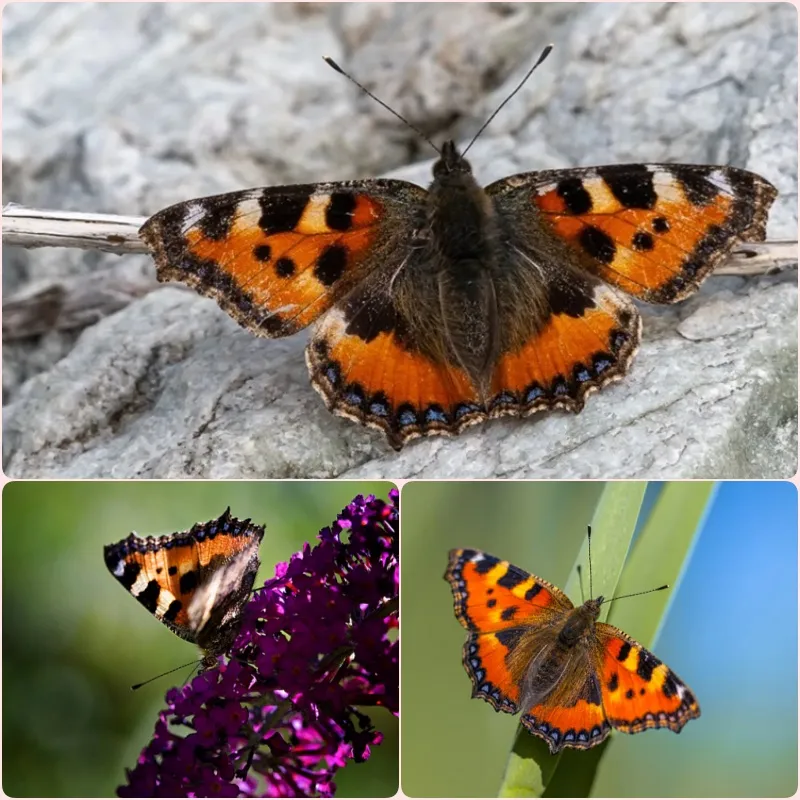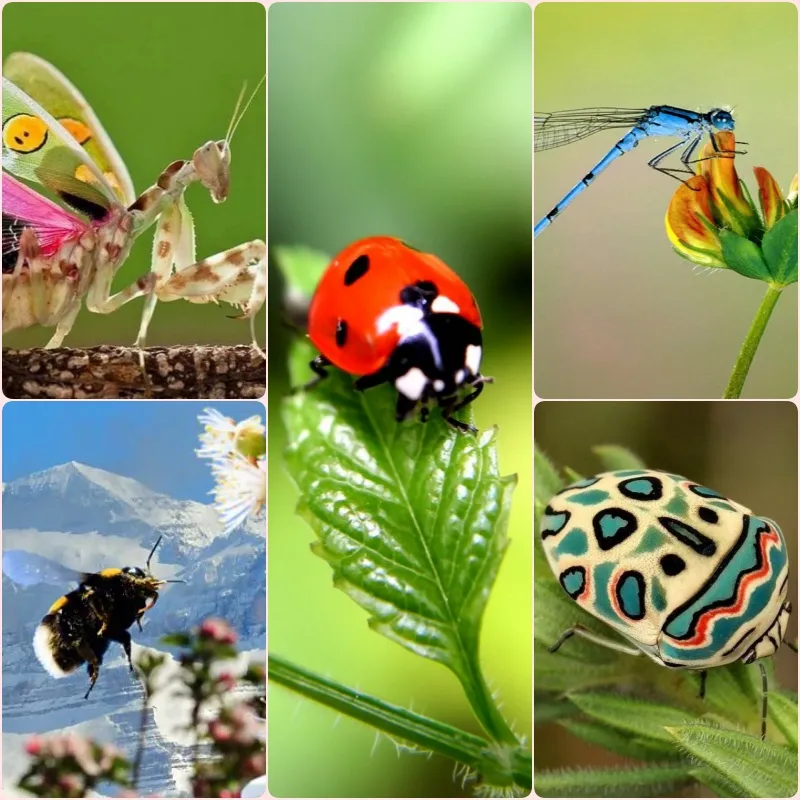
The Maximum Altitude Insects Can Reach
The tortoiseshell butterfly (Aglais urticae) holds the record for the highest altitude achieved by an insect, reaching 5,791 meters. This is the highest altitude at which an insect has been observed flying. The question of the maximum height insects can reach is considered from two perspectives: the highest altitude recorded for a flying insect and the theoretical maximum height insects could achieve.

The Guinness World Record for the highest-flying insect is held by the tortoiseshell butterfly, which was observed flying at 5,791 meters above the Zemu Glacier in the eastern Himalayas. At this altitude, they could nearly reach the summit of Mount Kilimanjaro.
Determining the exact altitude that insects can reach is challenging. “We can capture insects at altitudes of 1,524 to 1,828 meters,” says Phil Pellitteri, a researcher at the Wisconsin-Madison Insect Diagnostic Laboratory. “However, wind plays a significant role in insect movement, making it difficult to discern whether they are actively flying or drifting.”
All flying organisms such as birds, insects, and bats are limited by three key factors when reaching high altitudes: air density, temperature, and oxygen concentration. As altitude increases, the air becomes thinner, meaning there are fewer air molecules to lift the wings of insects or birds, making flight more difficult. The same applies to oxygen, which insects need to breathe and sustain their activity.
At 6,000 meters, the air density and oxygen concentration are half of what they are at sea level, with temperatures around -20°C. At 10,000 meters, the air temperature drops to -50°C. Such low temperatures make it impossible for the tiny muscles of flies or bees to function and keep their wings beating.

In 2014, scientists led by Michael Dillon from the Department of Zoology and Physiology at the University of Wyoming conducted an unusual experiment, placing alpine bees in a low-pressure chamber to simulate high altitude conditions. Under these simulated conditions, the researchers found that some bees could fly at altitudes around 9,000 meters, theoretically higher than Mount Everest. However, the researchers admitted that in reality, bees are unlikely to fly that high, particularly in cold temperatures that can damage their muscles.
Insects do not need wings to achieve high altitudes. During a windy summer month, up to 3 billion insects can be found flying at high altitudes. The number of insects in the air increases as one approaches the equator, and many species, including wingless ones, are dispersed by the wind. They can travel thousands of kilometers and land in completely different regions of the world. Furthermore, some insects appear to have evolved to take advantage of wind currents and time their migration to the most suitable seasons.






